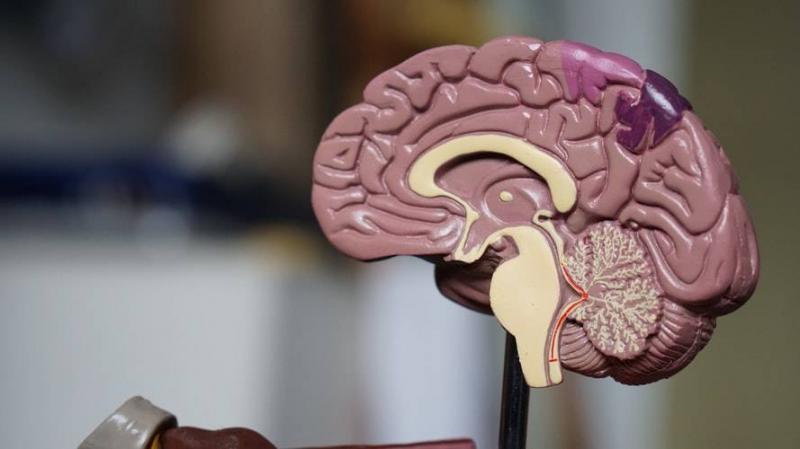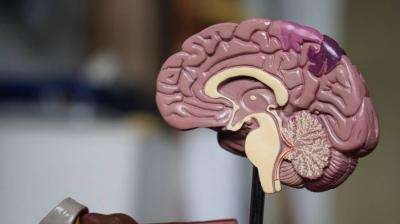Various studies have explored how the brains of men and women function and the differences between them. However, a new study has shed light on this topic once again, revealing the reasons for these differences. Research conducted by Stanford University has shown that one reason for the different functioning of male and female brains is the presence of 1,000 more active genetic traits in one gender compared to the other, as reported by the British "Daily Mail."
**Social Behavior Models**
The study examined how the brains of male and female mice differ by analyzing regions known to program behaviors related to "classification, social interaction, mating, and aggression". These behaviors lead to the quick identification of the gender of a strange mouse, female acceptance of mating, and maternal protection of offspring, which is vital for reproduction and the survival of the species. The researchers indicated that these differences likely reflect in the brains of men and women. An analysis of tissues extracted from brain structures revealed more than 1,000 genetic traits significantly more active in the brains of one gender compared to the other.
The principal investigator of the study, Professor Nirav Shah, a professor of psychiatry, behavioral sciences, and neuroscience, explained that using these genes as entry points allowed for the identification of specific groups of brain cells that organize gender-typical behaviors. He added that the gender-typical social behaviors in animal brains have been shaped over millions of years of evolution. For instance, male mice quickly identify the gender of strangers who intrude on what they consider their territory. If the intruder is another male, they attack immediately; if it is a female, they begin to court her. Meanwhile, female mice exhibit maternal aggression, attacking anything that threatens their young. Professor Shah also noted that female mice are more inclined than males to protect their young and recover any stray, emphasizing that these primitive behaviors are essential for survival and reproduction and are largely instinctual.
**Autism Spectrum Disorder**
Professor Shah highlighted that "the evidence is very clear that the brain is not just a blank slate waiting to be shaped by environmental influences." He pointed out that some genes discovered by him and his research team are also confirmed risk factors for brain disorders that are more common in one gender compared to the other. Among 207 genes already known to be high-risk for autism spectrum disorder, which is four times more common in men than in women, researchers identified 39 genes that are more active in the brains of one gender, specifically 29 genes in males and 10 genes in females.
**Alzheimer's and Multiple Sclerosis**
The researchers also identified genes associated with Alzheimer's disease and multiple sclerosis, both of which are more prevalent in women than in men, and these were found to be more active in female mice. The researchers suggest that males require certain genes to function more vigorously, which differ from the genes that females need to work harder—indicating that mutations in high-activation genes can cause more harm than mutations in the genes themselves.




